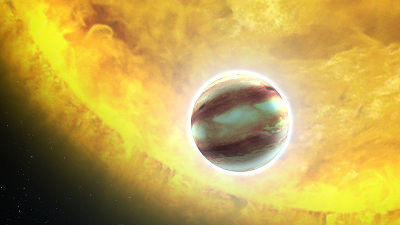James Webb Space Telescope captures closest-ever image of the Horsehead Nebula

About 1,300 light years away from Earth, there is
ESA - Webb captures iconic Horsehead Nebula in unprecedented detail
https://www.esa.int/Science_Exploration/Space_Science/Webb/Webb_captures_iconic_Horsehead_Nebula_in_unprecedented_detail

In photodissociation regions (PDRs) like the Horsehead Nebula, ultraviolet radiation from young, massive stars creates hot regions of gas and dust between the ionized gas surrounding the star and the cloud in which the star was born. The light emitted from such PDRs is of great astronomical importance because it allows us to observe the process of star formation and the interstellar medium.
The Horsehead Nebula is also considered one of the ideal objects for studying the physical structure of the PDR, the chemical properties of the gas and dust, and how interstellar material changes when exposed to radiation.
The James Webb Space Telescope is observing the Horsehead Nebula. Developed primarily by the National Aeronautics and Space Administration (NASA), the James Webb Space Telescope is equipped with two observational instruments, MIRI and NIRCam, and is observing various celestial bodies, including the Horsehead Nebula.
The James Webb Space Telescope has now revealed for the first time a small layered structure at the edge of the Horsehead Nebula. It has also detected vertical stripes in front of the PDR, which contain dust particles and ionized gas caught in the photoevaporation of the nebula. These observations will enable astronomers to study the effects of dust attenuation and ejection due to photoevaporation and to analyze the multi-layered structure of the nebula.
The European Space Agency (ESA) has released a video that zooms in on the Horsehead Nebula, combining images from the Euclid Space Telescope, infrared images from the Hubble Space Telescope , and near-infrared images from the James Webb Space Telescope's NIRCam.
Zoom into the Horsehead Nebula released by ESA - YouTube
Below is a comparison of images of the Horsehead Nebula taken by NIRCam (left) and MIRI (right). The image taken by NIRCam clearly shows the inside of the Horsehead Nebula, while the image taken by MIRI makes it possible to confirm the layer structure of the Horsehead Nebula.
Related Posts:







